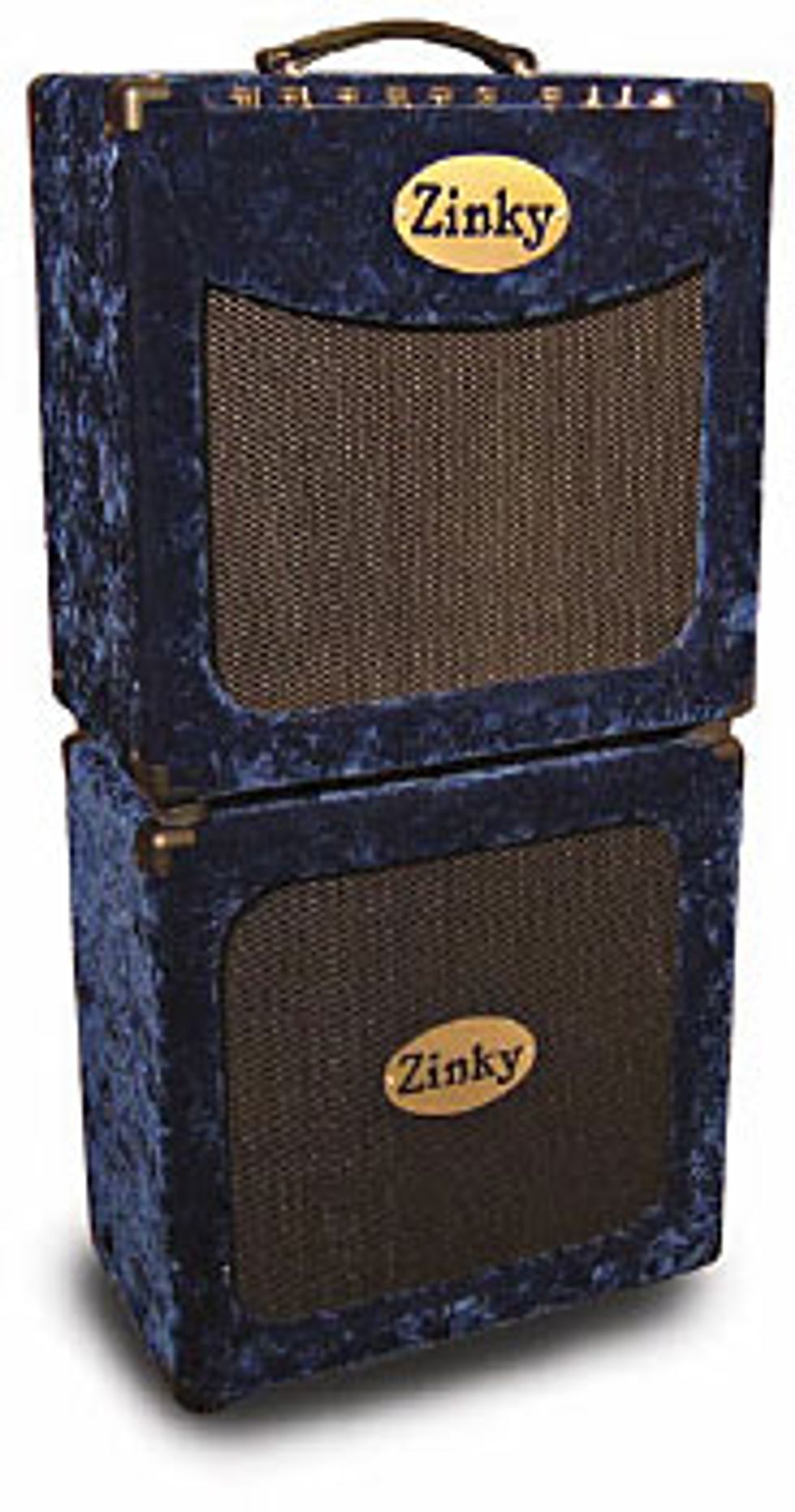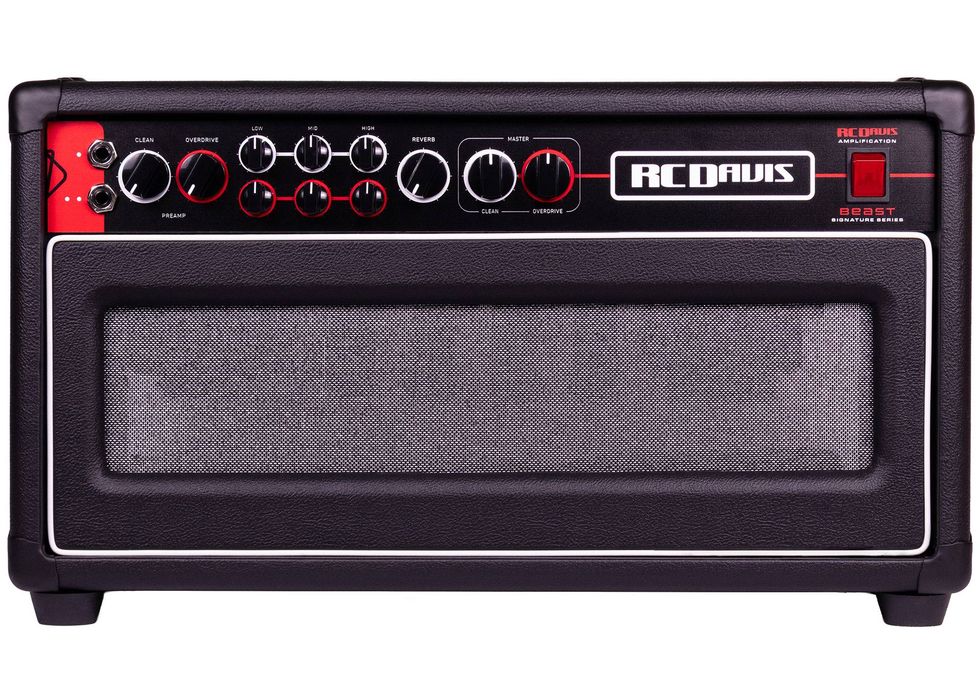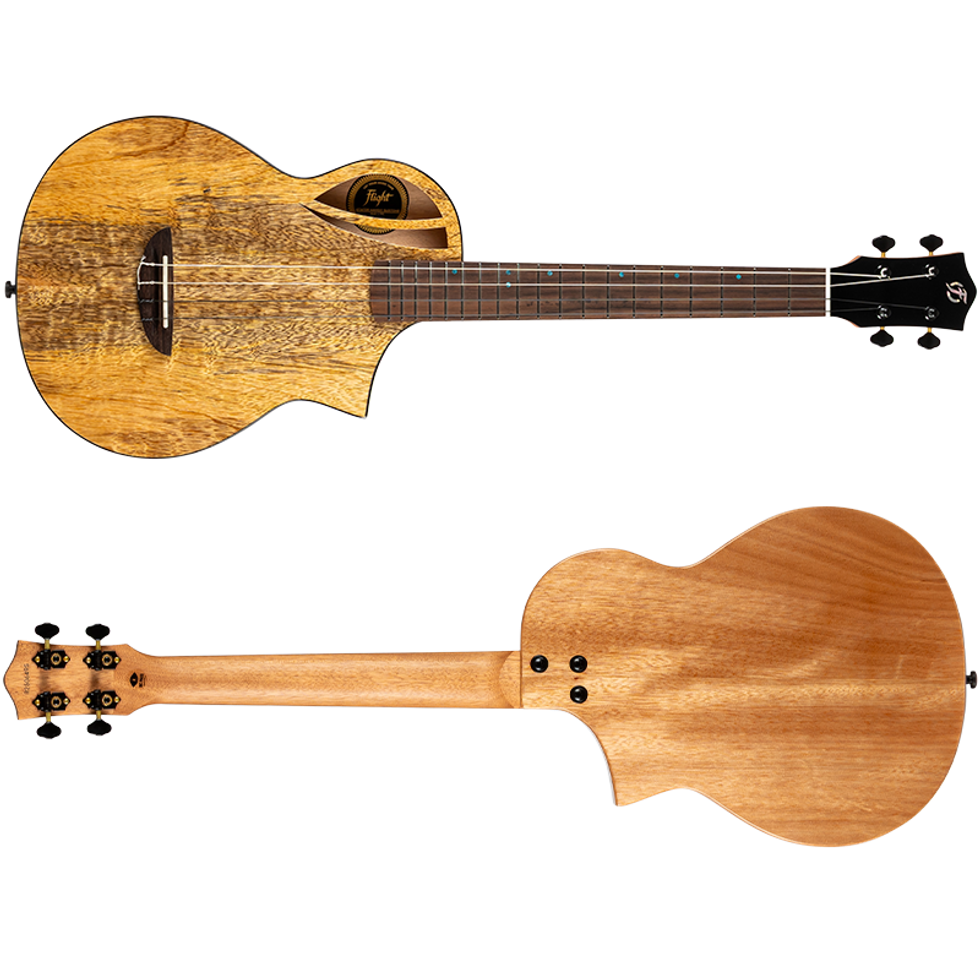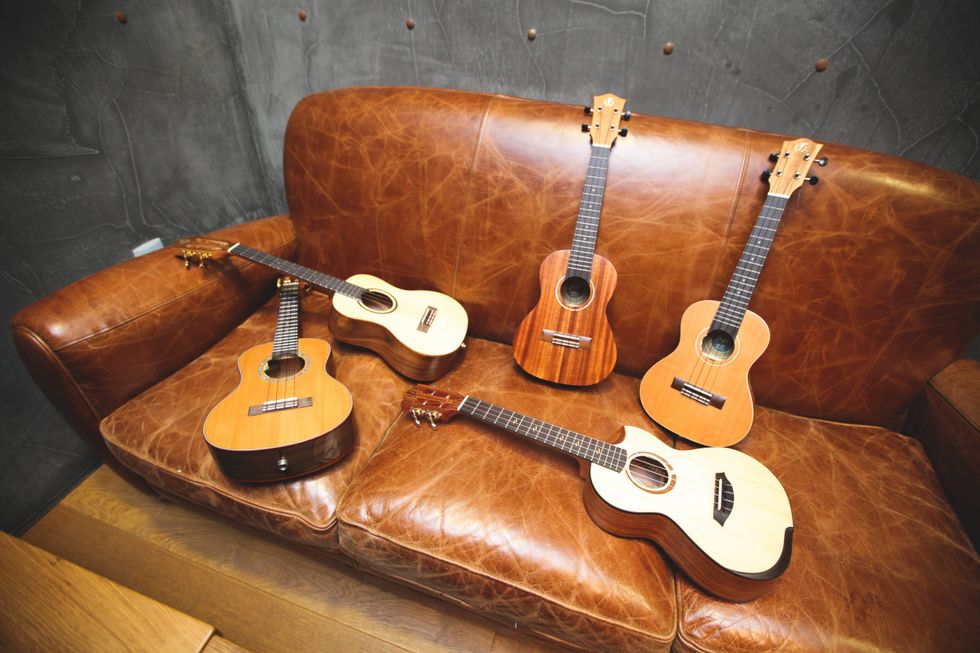In our continuing series on speaker selection, we’ve talked with numerous amp builders about how they view the role of speakers within their designs. This month I spoke with Bruce Zinky of Zinky Electronics (makers of Zinky, Supro and Smokey Amps) about his amp designs and speaker selection.
 Do you design the amp around the speaker or design the amp and find a speaker that compliments it?
Do you design the amp around the speaker or design the amp and find a speaker that compliments it? The speaker comes first in our designs; we design the amp around it. In the Supro Tremolectric, the Eminence speaker is an improvement on the classic Jensen P-10R – we all know how that is supposed to sound. The amp was mated to the speaker and we didn’t change anything when making it a head and coupling it with our 2x12 cabinet.
Do you aspire to create a specific tone when designing an amp?
We go for the most natural, acoustic sound possible. The clean sound, straight off the strings of the solidbody electric guitar is what we want to hear from the speaker. We use vintage guitars for testing amps and speakers, and we’ve gone through many good vintage speakers in establishing a baseline. We experimented a long time before getting the 12” speakers we use today. They’re very custom, but similar to other Eminence products.
What role does the speaker play in your overall tone?
The speaker is critical to the sound – it’s the last thing the electrical signal travels through. After the amplifier, there’s just the speaker, the air, the room and your ears. The speaker changes and defines the sound while making the music audible. It is important finding a speaker that changes the sound for the better and best reproduces what you want to hear. But it isn’t just frequency response; you’ve also got dynamic response, and for musicians, that matters just as much, if not more. If done right, you’ve got a speaker that performs better than a vintage speaker.
The electrical characteristics of the speaker also change how the amp responds. Try switching the amp impedance from 8 to 4 or 16 ohms with an 8-ohm speaker and you’ll see what I mean. There are speakers made from 2 ohms to 32 ohms, and the subtle differences are audible. Otherwise, everything would be 8 ohms.
How do you go about finding the right speaker? What factors do you consider?
A speaker has very few moving parts and making changes to any part affects the sound. For example, cones are made of paper, plastic, metal, or space-age materials (Kevlar, carbon fiber or combinations of materials). The weight, stiffness, shape and hardness of the cone create audible differences. There are many different varieties of paper used – heavier cones produce less treble, but have noticeable increases in bass response and sonic girth. Lighter cones lend more treble and high-end extension, but typically produce less bass (especially at high power levels). Bigger magnets provide more treble and more efficiency in the treble and midrange regions, while smaller magnets produce less efficiency, less treble, but more powerful bass. 16-ohm speakers are wound with thinner, lighter wire, reducing mass and providing a bit more treble; 8-ohm speakers have thicker, heavier wire and produce a less bright, smoother sound.
The point is there are dozens of ways to manipulate speaker parts to change tonality; I’ve outlined just a few. The significance is not that the differences all these changes make are audible, but rather, “Does this change produce a sound I like?” or “Under what conditions will this speaker sound good?” In a perfect world, the speaker and the amplifier complement each other and best reproduce what the player does.
What’s your process for creating a new amp? Do you try to fill a niche or try to emulate something similar on the market?
The amp must suit the player. Size and volume are primary considerations, features are next in line. Durability is paramount, then first-rate sound. There are other concerns with single channel amps lacking overall volume controls. For clean tones, the amp must be loud enough, but the amp can’t be too loud for the intended usage when overdriven.
We simply make the amp respond musically to the player’s technique, guitar, effects, etc. Every amp responds to the player without stamping the sound with a sonic signature. I try to produce something I haven’t already made before, but also produce products that will satisfy the needs of actual musicians. Professional musicians really are a niche, so that is what we are – a niche amp company. Our amplifiers emulate no others in terms of design, style or circuitry, but the sound is very familiar. There are personal tastes thrown in, too. I like simple controls because they’re more intuitive on stage and that seems to resonate with customers. Of course, none of this matters if the amp doesn’t work every night and sound great doing it. That’s the real job!
Please check out Zinky Electronics’ products at zinky.com, suprousa.com and smokeyamps.com.
Anthony “Big Tony” Lucas
is a guitarist and Senior Lab Technician at Eminence Speaker LLC, where he specializes in guitar-speaker design and customer support. Big Tony has been with Eminence for over 10 years and is responsible for many well-known guitar speaker designs.



















